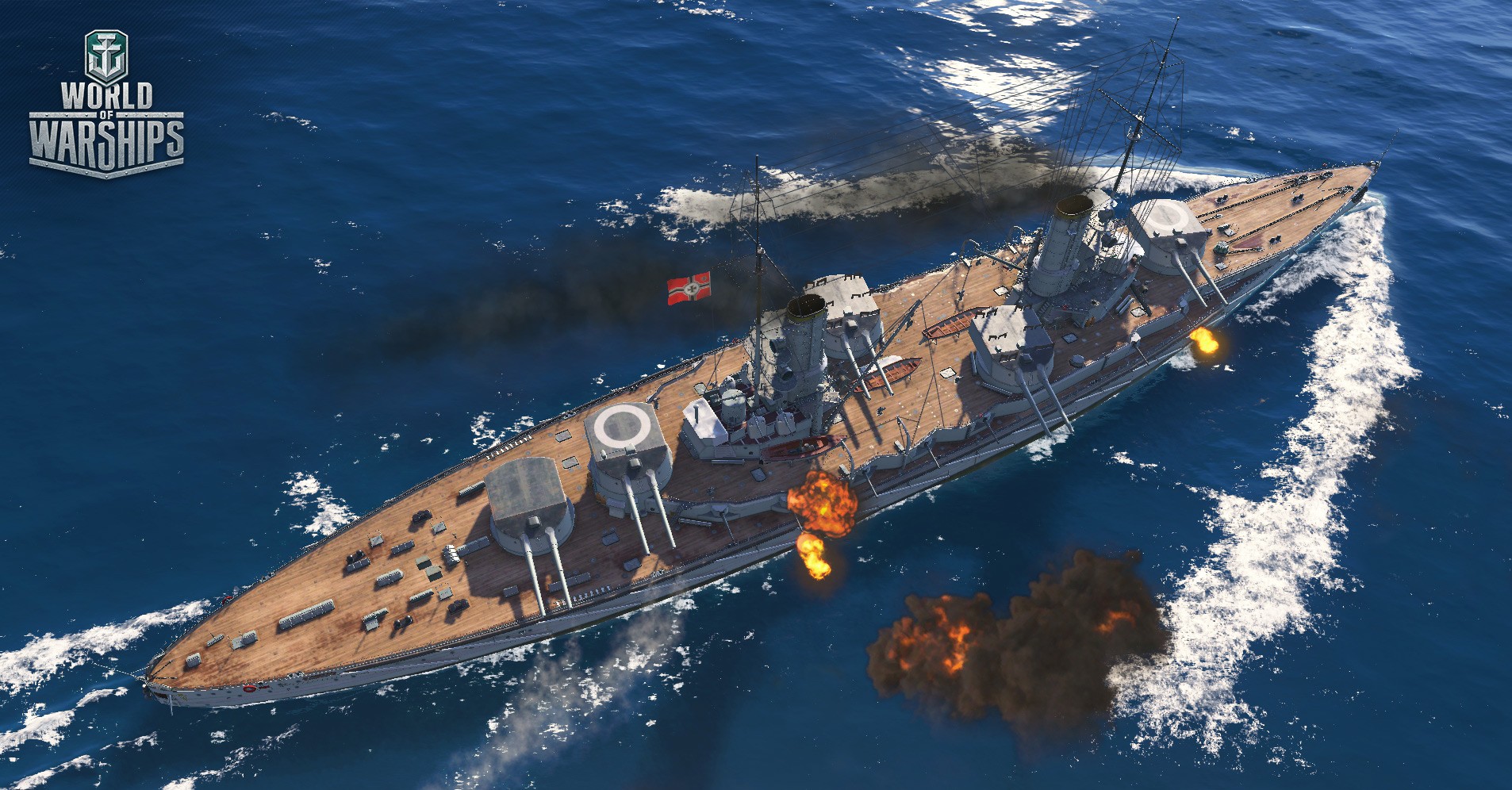ARA Entre Rios (BB-1912) ex-Kaiser Class
Return to Argentine Ships
The Allied War Reparations Commission was a godsend for the Argentinian Navy.
With the end of WW1 and the Washington Naval Treaty (or Geneva Arms Limitation
Treaty, depending on which AU I am in) meant that the United States and Britain
were having to divest themselves of hundreds of thousands of ton of warships.
Venezuela, Brazil, Chile and other South American countries made use of this
time to upgrade their old ships to much more modern vessels. Argentina had to
follow suit. The ex-German units were more than useful and Argentina spent all
it could afford and then some to buy a 'fleet'. Battleships, Battlecruiser,
cruisers, destroyers and other miscelaneous units, Argentina bought them all.
What's more with the rampant inflation and no job situation in the Weimar
Republic, Argentina offered sailors, yard workers and other workers and most
importantly their families as well, a new life to live in Argentina. Thousands
took up this offer.


Ex Kaiser as arrived in Argentinian waters 1921.
| Displacement: |
|
| Length: |
172.40 m (565 ft 7 in) |
| Beam: |
29 m (95 ft 2 in) |
| Draft: |
9.10 m (29 ft 10 in) |
| Propulsion: |
3-shaft Parsons turbines, 27,617 (20,594 kW) |
| Speed: |
23.4 knots |
| Range: |
9600 miles at 12 knots |
| Crew: |
- 41 officers
- 1,043 enlisted
|
| Armament: |
- 10 × 12" (5x2)
- 14 × 5.9"
- 12 × 88mm
- 5 × 50 cm
(20 in) torpedo tubes (submerged)
|
| Armor: |
- Belt: 350 mm
- Conning tower:
400 mm
- Turrets:
300 mm
|

Two of the first units to arrive in Argentinian waters were the two ex-Kaiser
Class battleships which were renamed Entre Rios, and Chubut. These two ships
would spend the next eight years as training ships to help provide the thousands
of personnel required by the influx of the ex-German naval units. Beginning of
1930 and both ships are put in the builders hands as the plan for the retaking
of Las Malvinas Islands takes shape. These two ships were to be central to the
plan. They were to be converted into battle-raiders, and prey on the British
merchantmen in the South Atlantic to draw off the British Naval units to allow
the Las Malvinas expedition a free run to land the land forces and prepare the
airstrip for the arrival of the airforce units.

When compared to some of the other ships rebuilds, these two were very
comprehensive. The superstructure from A to X turrets was completely removed.
This included the two wing turrets and all of their associated shell handling
equipment. The engines were removed as well. The 5.9" casemate batteries were
removed and where they had been was plated in. Eight of the 5.9" were fitted
into light turrets and resited one deck higher. A pair of 88mm guns were fitted
each side of the boat deck around the funnel and these were replaced with the
88mm/L56 twin turrets in 1939. It was felt that an aircraft for scouting would
be essential and room was made to fit one. The removal of the wing turrets
allowed for a much larger machinery system and just as important longer range at
higher speed. The biggest job was the reconfiguration of the bow section. It had
been found that the ships handling in the South Atlantic would not have been
good enough for the extra speed that could be generated by the new engines.
Displacement: 28,500 tons full load
Dimensions: 603 ft x 95 ft x 30 ft
Machinery: 3 shaft, geared turbines, 90,000shp
Speed: 28 knots
Endurance: 10,000 miles at 18 knots
Armour: 350mm belt, 130mm deck, 300mm turrets.
Armament:
6 x 12" (3x2)
8 x 5.9" (8x1)
8 x 88mm (4x2)
8 x 37mm (4x2)
16 x20mm (2x4, 2x2, 4x1)
Aircraft: 1
Crew: 1,150

Return to Argentine Ships




